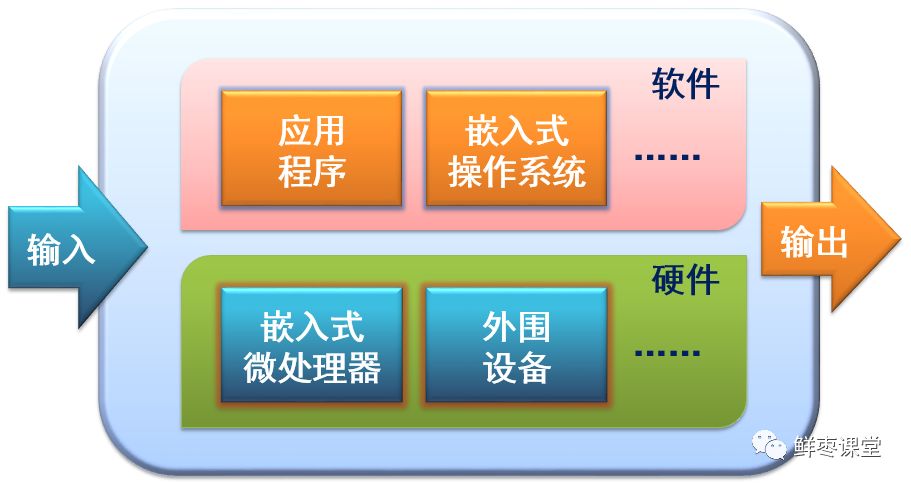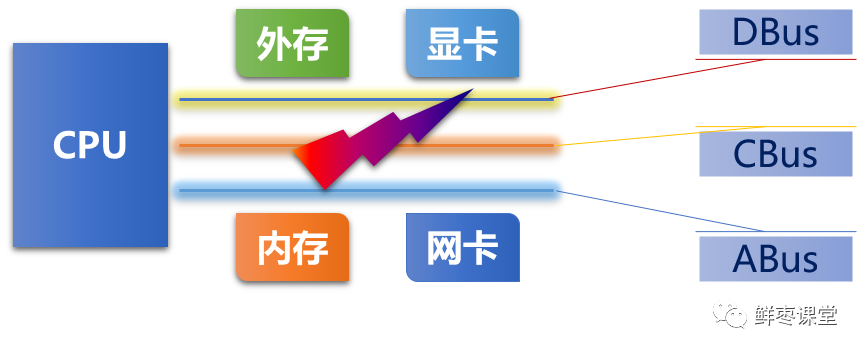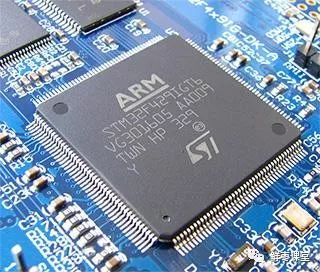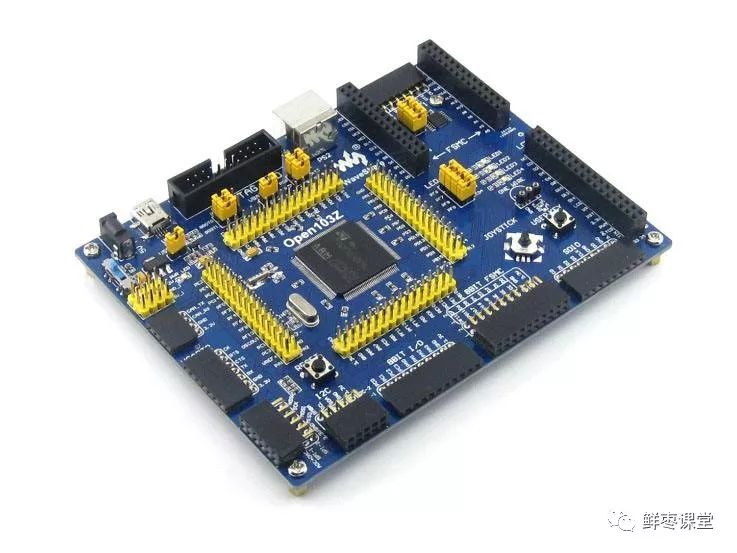
Those working in the field of computer or electronic information must have heard of embedded systems and microcontrollers, right?
Many people should know that these two terms are closely related to hardware systems. Just hearing them makes one think of circuit boards filled with chips and pins:
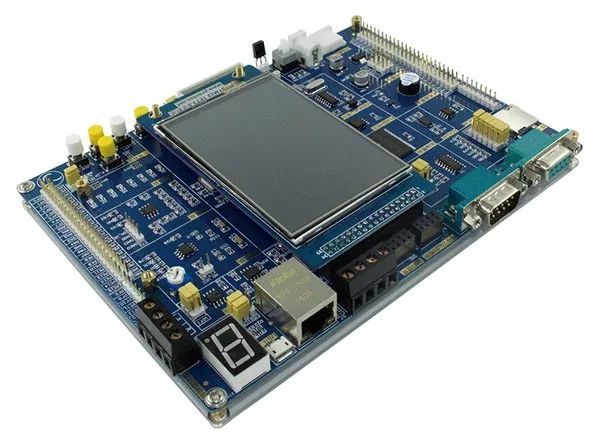
However, if you ask what exactly embedded systems and microcontrollers are, and what the differences between them are, I believe most people cannot explain clearly.
What Is an Embedded System?
First, let’s look at what an embedded system is.
An embedded system generally refers to an embedded system, which in English is called: embedded system. Embedded development is essentially the development of embedded systems.
The IEEE (Institute of Electrical and Electronics Engineers) defines an embedded system as: “A device used to control, monitor, or assist in the operation of machines and equipment.”
The definition from the domestic academic community is more specific and easier to understand:
An embedded system is an application-centered, computer technology-based, software and hardware customizable, dedicated computer system suitable for strict requirements on functionality, reliability, cost, size, and power consumption.
Being application-centered indicates that embedded systems have clear practical uses. Being computer technology-based indicates that it is essentially a special type of computer. Customizable software and hardware indicate strong flexibility and customization capabilities.
A dedicated computer system corresponds to a general-purpose computer system. Common personal PCs, laptops, and data center servers can be used for multiple purposes, which are general-purpose computer systems.
What specific application domains do embedded systems apply to?
-
Personal Communication and Entertainment Systems: Mobile phones, digital cameras, music players, wearable electronics, PSP game consoles.
-
Home Appliance Products: Digital TVs, robotic vacuum cleaners, smart home appliances.
-
Office Automation: Printers, copiers, fax machines.
-
Medical Electronics: Biochemical analyzers, blood analyzers, CT scanners.
-
Network Communication Products: Communication switches, network devices (switches, routers, network security).
-
Automotive Electronics: Engine control, safety systems, automotive navigation and entertainment systems.
-
Industrial Control Products: Industrial control computers, interactive terminals (POS, ATM), security monitoring, data collection and transmission, instrumentation.
-
Military and Aerospace Products: Drones, radar, combat robots.
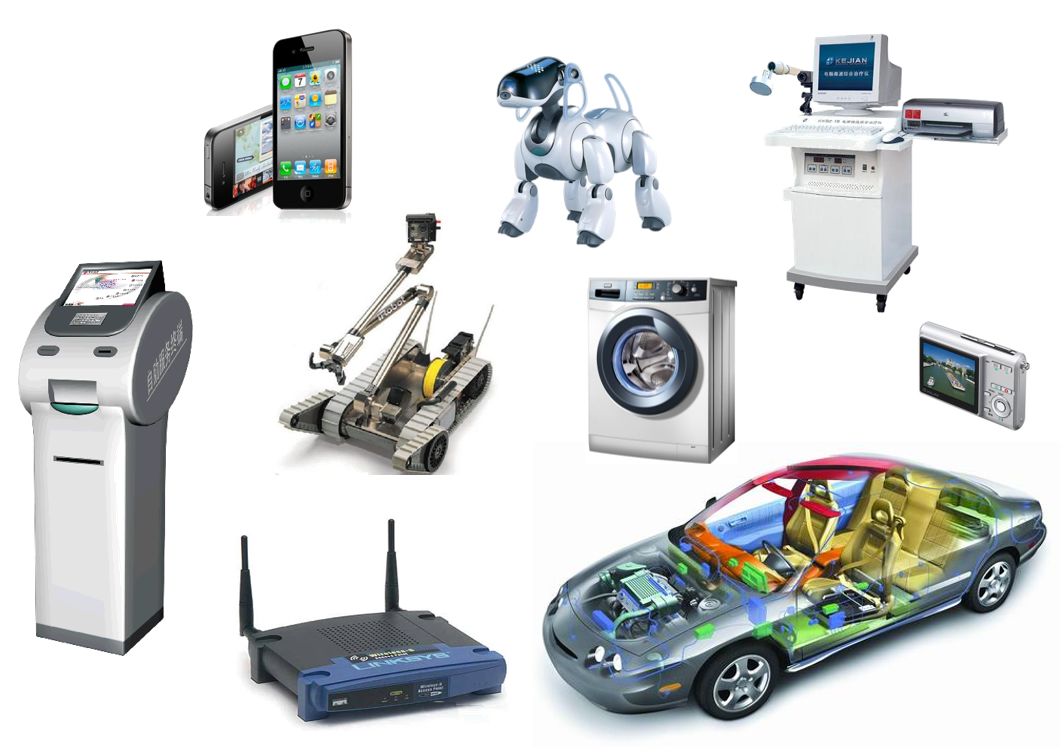
Application Areas of Embedded Systems
All the above fields use embedded systems. This is just the tip of the iceberg.
It can be said that embedded systems completely surround us, constantly influencing our work and life.
Since an embedded system is a computer system, it definitely involves hardware and software.
A typical architecture of an embedded system is as follows:
Note that the most important components are the embedded operating system and the embedded microprocessor.
From a hardware perspective, embedded systems are multi-module systems centered around a processor (CPU) and connected via a bus:
Similar to the personal PC approach.
The following image is a physical example of an embedded system:
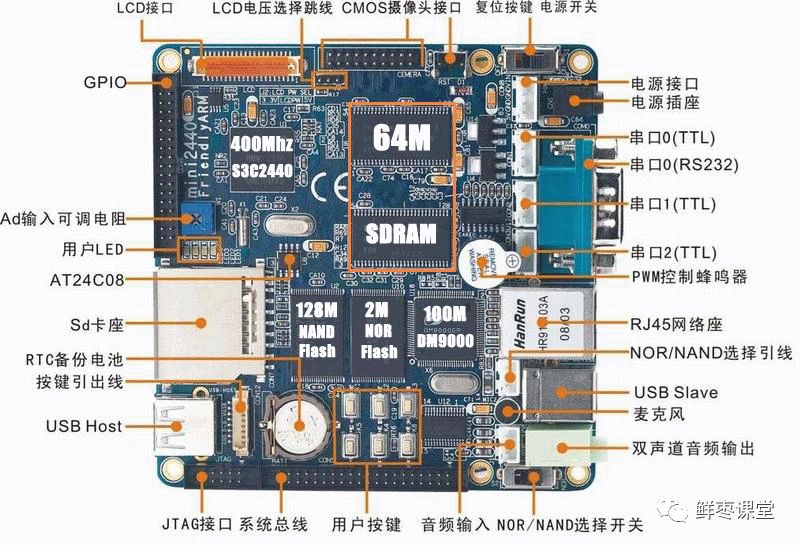
In the upper left corner, S3C2440 is the CPU, with RAM in the center, and ROM, network card, serial port, power supply, etc. It can be seen, the embedded system may be small, but it has everything.
What Is a Microcontroller?
The core of an embedded system is the embedded processor. Embedded processors are typically divided into the following types:
MCUs integrate ROM/RAM, bus logic, timers/counters, watchdogs, I/O, serial ports, A/D, D/A, FLASH, etc.Typical representatives are 8051, 8096, C8051F, etc.
DSP processors are specifically designed for signal processing, with special designs in system architecture and instruction algorithms. They are widely used in digital filtering, FFT, and spectrum analysis. Typical representatives are TI (Texas Instruments) TMS320C2000/C5000 series.
MPUs evolved from general-purpose processors, have higher performance, and feature rich peripheral interfaces. Typical representatives are AM186/88, 386EX, SC-400, PowerPC, MIPS, ARM series, etc.
Additionally, there are Embedded System on Chip SoC (System on Chip) and Programmable System on Chip SoPC (System on a Programmable Chip).
The microcontroller we refer to belongs to the first type—MCU (Embedded Microcontroller).
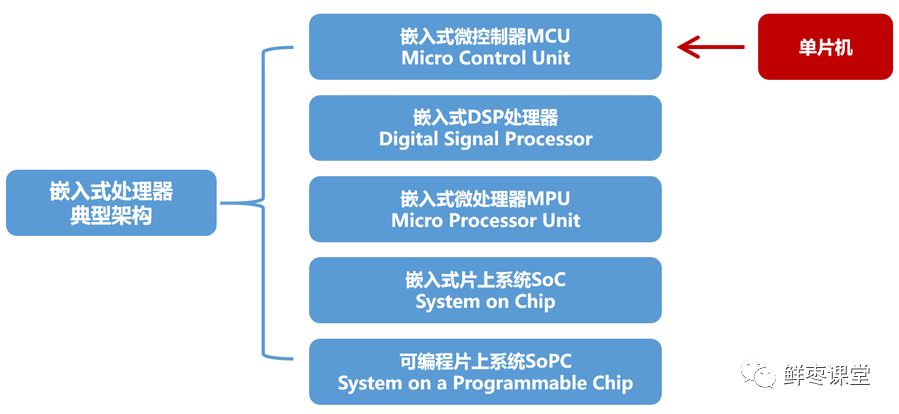
Let’s introduce it in detail.
A microcontroller, also known as a single-chip microcontroller, is called a Single-Chip Microcomputer in English.
It is essentially an integrated circuit chip that integrates CPU, RAM, ROM, input/output and interrupt systems, timers/counters, and other functions into a single silicon chip, turning it into a super small computer.
So, isn’t a microcontroller just an embedded system? Hold on, let’s look further.
The term “microcontroller” is actually an old term. In the past, semiconductor technology was not mature, and different functions could not be integrated into a single chip (Chip), so there were multi-chip systems. Now, semiconductor technology has advanced significantly, so multi-chip systems no longer exist. However, the term “microcontroller” has been retained until now.
Many university professors like to emphasize that microcontrollers are “single” to indicate that a microcontroller is just a silicon chip, but more so to indicate that the microcontroller has a single function, serving as a single module for computation, logic control, communication, etc. Even if it is powerful, its functionality remains singular.
Microcontroller technology emerged in the late 1970s, initially at 4 bits, later developing to 8 bits, 16 bits, and 32 bits. It truly rose to prominence during the 8-bit era. 8-bit microcontrollers are powerful and widely used in industrial control, instrumentation, home appliances, and automotive applications.
When we study microcontrollers, we often hear two terms—51 Microcontroller and STM32. Let me explain what they are.
The 51 microcontroller is actually a collective term for a series of microcontrollers. This series of microcontrollers is compatible with the Intel 8031 instruction set. Their ancestor is the Intel (Intel) 8004 microcontroller.
Note that the 51 microcontroller is not exclusively an Intel product. Companies such as ATMEL, Philips, Winbond, Dallas, Siemens, and STC (domestic Hongjing) also have many products that belong to the 51 microcontroller series.
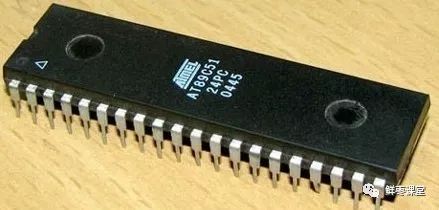
ATMEL’s 51 microcontroller, AT89C51
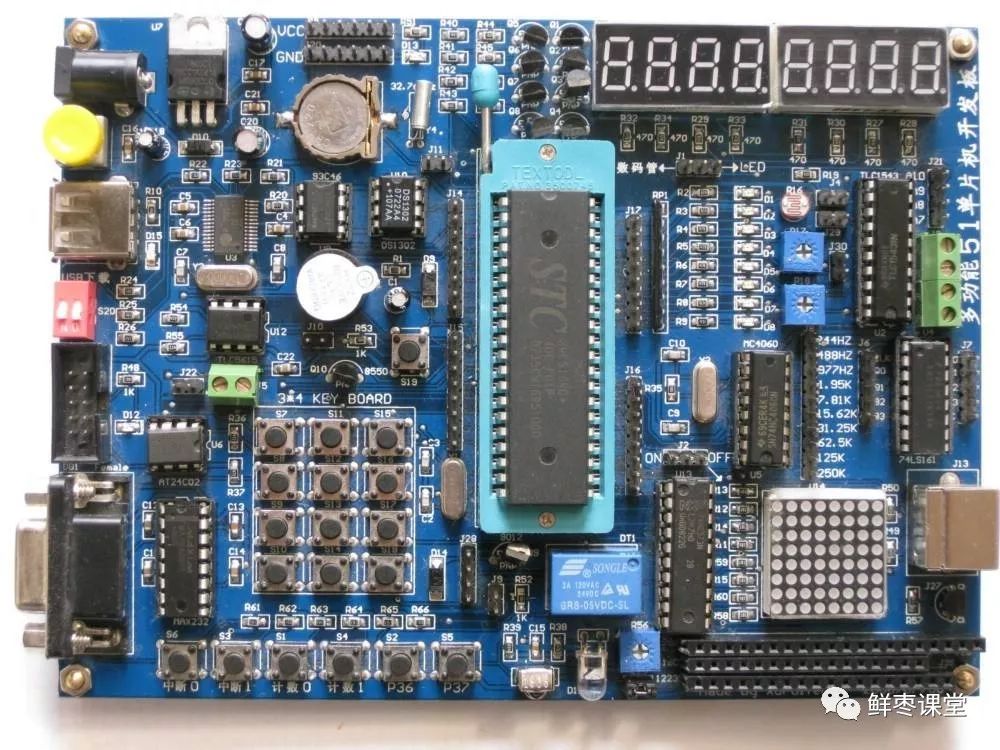
This is a development board for a 51 microcontroller, with the microcontroller chip in the center.
The 51 microcontroller has been the most mainstream and widely used microcontroller on the market for a long time, occupying a large market share.
In fact, the 51 microcontroller has no technical advantages today and is considered an old technology. The reason for its enduring vitality, besides its past popularity, is that Intel has completely opened the copyright for the 51 core.
Therefore, any unit or individual can use the 51 microcontroller without paying fees or worrying about copyright risks.
Additionally, the 51 microcontroller has a strong existing user base and community. Many old projects use the 51 microcontroller, and due to cost considerations, sometimes they can only continue to upgrade using the 51 microcontroller technology. Moreover, many older engineers are proficient in 51 microcontroller development technology. Thus, the vitality of the 51 microcontroller continues to persist.
STM32 is a general-purpose microcontroller based on the ARM Cortex-M core launched by STMicroelectronics.
STMicroelectronics is one of the largest semiconductor companies in the world, established in June 1987 as a result of the merger between Italy’s SGS Microelectronics and France’s Thomson Semiconductor. In May 1998, SGS-THOMSON Microelectronics changed its name to STMicroelectronics.
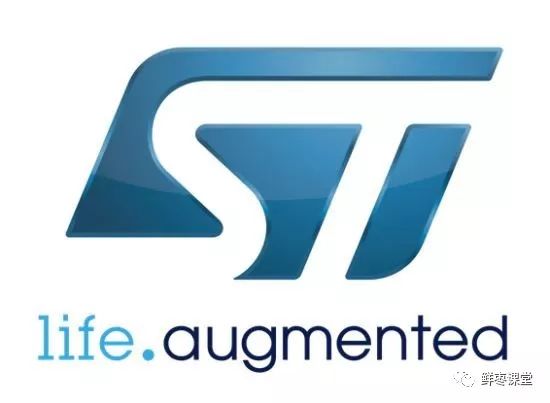
STMicroelectronics Logo
ARM is currently one of the most powerful chip design companies globally, having risen to prominence by leveraging the rapid development of mobile chip technology, occupying a significant share of the IoT market. In the microcontroller field, ARM’s Cortex-M core has overwhelming advantages and has become the absolute mainstream. Many semiconductor companies have abandoned their original architectures to switch to ARM-based microcontrollers.
STM32 Microcontroller Development Board
STM32’s hardware configuration can meet most IoT development needs, with complete development tools and related documentation, making it the first choice for microcontroller learning today.
Difference Between Embedded Systems and Microcontrollers
Now, let’s look at what the differences between embedded systems and microcontrollers are.
From the previous introduction, embedded systems are a broad category, while microcontrollers are an important subclass within it. Embedded systems are like complete computers, while microcontrollers are more like computers without peripherals.
Previously, microcontrollers included fewer components, making the hardware differences quite apparent. However, with the rapid advancement of semiconductor technology, various hardware functions can now be integrated into microcontrollers. Thus, the hardware distinctions between embedded systems and microcontrollers are becoming increasingly subtle, and the boundary is blurring.
As a result, people tend to differentiate them based on software.
In terms of software, the industry often refers to systems without an MMU (memory management unit) that do not support virtual addresses and can only run RTOS (Real-Time Operating Systems, such as ucos, Huawei LiteOS, RT-Thread, FreeRTOS, etc.) as microcontrollers (like STM32, NXP LPC series, NXP imxRT1052 series, etc.). Meanwhile, systems with an integrated MMU that can support virtual addresses and run “advanced” operating systems like Linux, VxWorks, WinCE, and Android are called embedded systems.
At times, microcontrollers themselves are powerful enough to be used as embedded systems. They are more cost-effective, and their development and maintenance are relatively simpler, especially for more targeted applications. In contrast, embedded systems theoretically offer greater performance and broader applications, but they are more complex and challenging to develop.
By now, the differences between embedded systems and microcontrollers should be clear. Thank you all!
Source: Fresh Date Classroom
Editor:Tuoba Monkey




